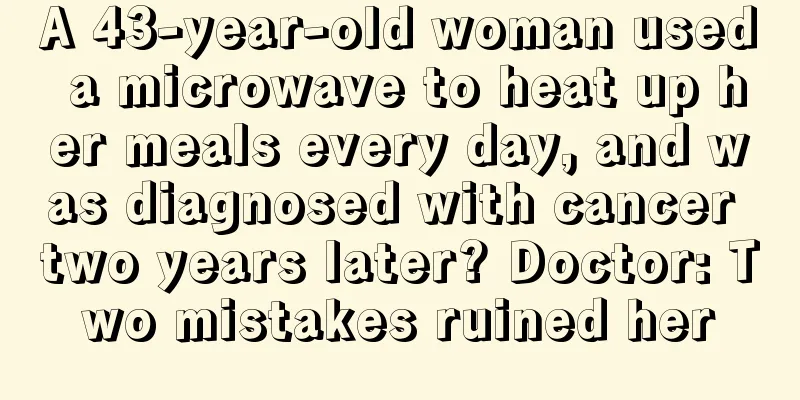Side effects of nifedipine tablets

|
Nifedipine tablets are a relatively common drug in clinical medicine, mainly used to treat diseases such as angina pectoris and hypertension. Of course, if you want to fully exert the effect of nifedipine tablets and enable patients to recover their health as soon as possible while taking the medicine safely, you need to use the medicine according to certain usage and dosage. However, nifedipine tablets also have certain side effects. The following is a detailed introduction to the relevant knowledge of nifedipine tablets. 1. Main effects 1. Angina pectoris: variant angina; unstable angina; chronic stable angina. 2. Hypertension (alone or in combination with other antihypertensive drugs). 2. Usage and Dosage 1. The dose of nifedipine should be gradually adjusted according to the patient's tolerance and control of angina pectoris. Overdose of nifedipine may cause hypotension. 2. Start with a small dose. The general starting dose is 10 mg/time, 3 times a day. The commonly used maintenance dose is 10-20 mg/time, 3 times a day. For some patients with obvious coronary artery spasm, 20-30 mg/time, 3-4 times a day can be used. The maximum dose should not exceed 120 mg/day. If the condition is urgent, 10 mg/time can be chewed or taken sublingually. The decision to give the drug again can be made based on the patient's response to the drug. 3. Usually the dose is adjusted over 7-14 days. If the patient has significant symptoms and the condition is urgent, the dose adjustment period can be shortened. 3. Adverse Reactions Common post-dose symptoms include peripheral edema (peripheral edema is dose-related, with an incidence of 4% when taking 60 mg/day and 12.5% when taking 120 mg/day); dizziness; headache; nausea; fatigue and facial flushing (10%). Transient hypotension (5%) usually does not require drug discontinuation (transient hypotension is dose-related, with an incidence of 2% at doses <60 mg/day and 5% at doses of 120 mg/day). Angina pectoris may occur in some patients, which may be related to hypotension reaction. Other symptoms include palpitations, nasal congestion, chest tightness, shortness of breath, constipation, diarrhea, gastrointestinal cramps, abdominal distension, skeletal muscle inflammation, joint stiffness, muscle spasms, mental tension, tremors, nervousness, sleep disorders, blurred vision, and imbalance, etc. (2%). |
>>: Remove the black scale from the pressure cooker
Recommend
Treatment methods for early stage eczema-like breast cancer
What is the treatment for early-stage eczematous ...
What are the benefits and functions of steamed elm money?
Steamed elm seeds are the most common plant outsi...
My teeth hurt and my eyes hurt too, what's going on?
There is not much connection between teeth and ey...
How do children get liver cancer? Parents must know these common sense to prevent liver cancer
Children with hepatoblastoma generally have no sy...
How is gastric cancer examined?
Symptoms of early gastric cancer include dull pai...
Nine things to note when you have frequent acid reflux due to stomach problems
Many people have very good stomachs and have no d...
What should you pay attention to in your diet after esophageal cancer surgery
After esophageal cancer surgery, the normal physi...
Left rib fracture
If you accidentally fracture your left ribs, you ...
The consequences of drinking alcohol after getting rabies vaccine
The health of the human body should be paid atten...
Sun hat covers face and neck
Women's skin is delicate and easily affected ...
When is the critical period for fetal ear development?
When a woman just becomes pregnant, the fertilize...
How to treat rectal mucosal edema
Rectal mucosal edema is a common clinical disease...
How to restore bulging eyes due to myopia
Whether for teenagers who are in the learning sta...
The inside of the onychomycosis nails smells bad
Onychomycosis is a common fungal infection. As th...
What are some good ways to prevent liver cancer? Five liver cancer prevention measures to keep in mind
Five preventive measures According to a large num...









